A Place to Call Home. Making sense of Neptune, Shepherds, Caves and Calvino along the Appian Way.
From the invisible rupestrian cave dwellings, jazzi and majestic masserie to marble laid palazzos – Tonio Creanza’s Places and Spaces.
Writer Italo Calvino wrote of invisible cities imagined by the descriptions from Marco Polo’s explorations and fictitious conversations with Kublai Khan. Eutropia, one of the ‘citta invisibili’ is envisioned as a place of exchange: where a string of cities sprouts up over expanding plains; and where only one city is inhabited at any one time. This process is carried out in rotation by its citizenry whose professions, friends and homes are traded, so being that the inhabitants’ lives are constantly renewed with each rotation of space.
Calvino’s Eutropia, the Appia Antica, moveable feast dates, and southern Italy’s history of transhumance, all lend themselves to make sense of Cultural Heritage conservator Tonio Creanza’s life and the spaces he inhabits and collectively shares and restores with others. The cyclic motif of rotating spaces, whether restored, repurposed, cultivated or curated, has been a constant in Creanza’s journey. His passion for the land and its offerings, art and architecture set him on an orbital path in career of cultural and culinary heritage conservation. Creanza has called many places home; the hermit caves of Monte Gargano, an eight-month residency in Assisi while laying the tile pavers in the Papal Salon, a creative studio of sorts in Bernalda during the year he and colleague restorers spent revitalizing the decorative finishes at Francis Ford Coppola’s Palazzo Margherita, a masseria tucked amongst Mediterranean pines on the Murgian plains of Puglia, and a shepherds shelter- a living school housing pickaxes and cheese.
“At some point, you realize that Calvino is not talking about cities at all, not in the way we normally think of the word. Calvino’s cities — like all cities, really — are constructed not of steel and concrete but of ideas. Each city represents a thought experiment, or, as Polo tells Khan at one point, “You take delight not in a city’s seven or seventy wonders but in the answer it gives to a question of yours.” Eric Weiner NPR
Consistent with his 30-year history of enticing travellers to Puglia with his projects, Tonio grew up in the family orchards of olive, cherry, and almond located on the ancient trading route of the Via Appia, the Regina Viarum, which connects the gateway of Rome to the exotic outreaches of the Mediterranean sea. A perpetual feast of knowledge unfolded along the length of the Appia as it expanded over centuries, becoming an open house forum where travellers shared tables and traded knowledge about food cultivation and practices, art and architectural styles, gods, myths, languages, music and customs. This early social information highway was born over meals shared at stationes that dotted the Appian way, and like a travelling circus, their gatherings lit up the night sky, and by morning, their light was gone as they moved onward with their goods and stories.
The undulating tide of harvest, seasons and responsibility called Creanza back from his first travels abroad as a young man after only three months, when his absence from Olive harvest preparations caused alarm. Tonio returned knowing he would need to create a way in which he could bring the world to him – a modern day ‘Via Appia Forum- farm to table’, to his own Appian orchard.
So Tonio, his colleague and constant Giovanni Ragone, and Teresanna Loiodice embarked on the restoration of the ‘anchored stone ship’ of Jesce, a landlocked fortified Masseria whose story echoes the language of Marco Polo’s enlightened city of exchange- “Eutropia.” Masseria Jesce, listed on Roman maps as Sublupatia, is an agricultural and pastoral establishment rooted in a third-century Roman Appian way statio. Below ground – oyster shells, mudslides, obsidian, minerals, skeletal remains and Christian and Orthodox iconography are deposited as distinguishable layers providing a historical handbook for the site. Above-ground archaeological findings of a robust 3rd-century textile trade, Greek 5th-century pottery fragments, until its last residents of the mid-20th century who used the caves for their sheep. The pink limestone walls of the upstairs dining hall exhibit a fresco of the Roman water deity Neptune at its centre. Embedded in this parched and yellow steeped landscape, the fresh blue rendering of Neptune is an artistic detail that tells of Appian pilgrimages and seas crossed. The architectural and landscape restoration project of Jesce aptly named Project Eutropia ran for fifteen years and hosted seven hundred curious minds and hardworking hands to the site. While acting as a workshop site to learn heritage conservation arts and archaeology, the site was restored – the work done there equalling to three hundred fifty thousand Euro- thus avoiding the need for private or government funding to conserve the site. A sustainable model Tonio Creanza has sought to implement at each site that he works at with his workshop participants – Learning skills while restoring a vulnerable site.
Currently the historic masseria Jesce, is playing a role as a theatre and exhibition space for local and visiting artists and continues as one of Messors ‘living schools’ during the workshops.
The drive to seek unique spaces to live, restore, and house Creanza’s creative workshop participants has resulted in a series of above-ground and subterranean locations envisioned and operating as nomadic living schools and outdoor kitchens.
A city-owned abandoned 15th-century monastery renovated in the 1950s, which erased much of the structure’s character, was the first structure Tonio secured in his hometown of Altamura to host his international workshop participants during the Eutropia project. Although not ideal due to its simple dorm-style rooms, the monastery’s location in Altamura, a bordering olive grove, inner courtyard and remaining water well and church, convinced him to fund the re-roofing, making it a workshop home for 12 years.
A bumpy gravel road bordered by pine guardians builds anticipation as you pull through the stone piers and first catch sight of the majestic Masseria,- one of the few remaining that still functions as a farm and residence in the region.
Five white Maremmani, cane da pastore, rallied around Don Giacinto as he raised his cane in the air “Baeba you cant paint and live here alone!’ pointing to the Masseria. The masseria was originally built for Pope Orsini family of Gravina as hunting lodge and came into Don Giacinto’s family in 1917.
At the time the 84-year-old Don Giacinto was addressing Tonio’s soon to be wife Jennifer’s unbridled excitement that she unleashed out loud dreaming to live and paint in what she saw as a utopia. Don Giacinto’s gracious and giving invitation became a swift agreement that their upcoming harvest wedding would be held at the masseria. For several months Tonio and Jennifer cleared cobwebs, rehung the heavy iron shutters, aired out the sheep wool and corn husk mattresses, to ready the unoccupied masseria for their wedding which was scheduled the day before the Creanza family Vendemmia – grape harvest. For the following seven years the masseria was home to their Messors workshops and remains closest to their hearts.
Don Giacinto lived long enough to see the halls, courtyards and kitchen alive with laughter and heart as he had remembered it as a child. He met our son August who fed his stray cats, together they surveyed the property – Giacinto was apparently hard of hearing, but oddly not when August and he spoke in their own language of childhood.
A childhood dream of Creanza’s recently realized, arrived in the form as a parcel of land.
Fornello is a rural site made up of a Byzantine fresco cave, twelve additional cave dwellings, and evidence of a settlement dating back to the 3rd-century B.C.E has its own 3 thousand year history of undergoing a metamorphosis with each era. The ancient settlement includes a shepherd’s house that dates to the 1700s and dry-stone courtyards that outline a pre-existing sheep farm. The frescoes are comprised of three layers that date to 1100, 1200, and 1350. The fresco paintings document a link and a time in history when Byzantine communities spreading from the Balkans and fleeing persecution established themselves in Puglia in the rupestrian settlement. The Fornello site is currently being used as a living school during the workshops to learn landscape conservation, dry stone wall building, fresco restoration, archaeology, cheese making and cave cheese ageing, and site planning for rural water collection.
Messors goal for the site is to keep it vital and active by integrating the shepherding community and forming milk collectives for the eventual sale of the Fornello shepherds cheese.
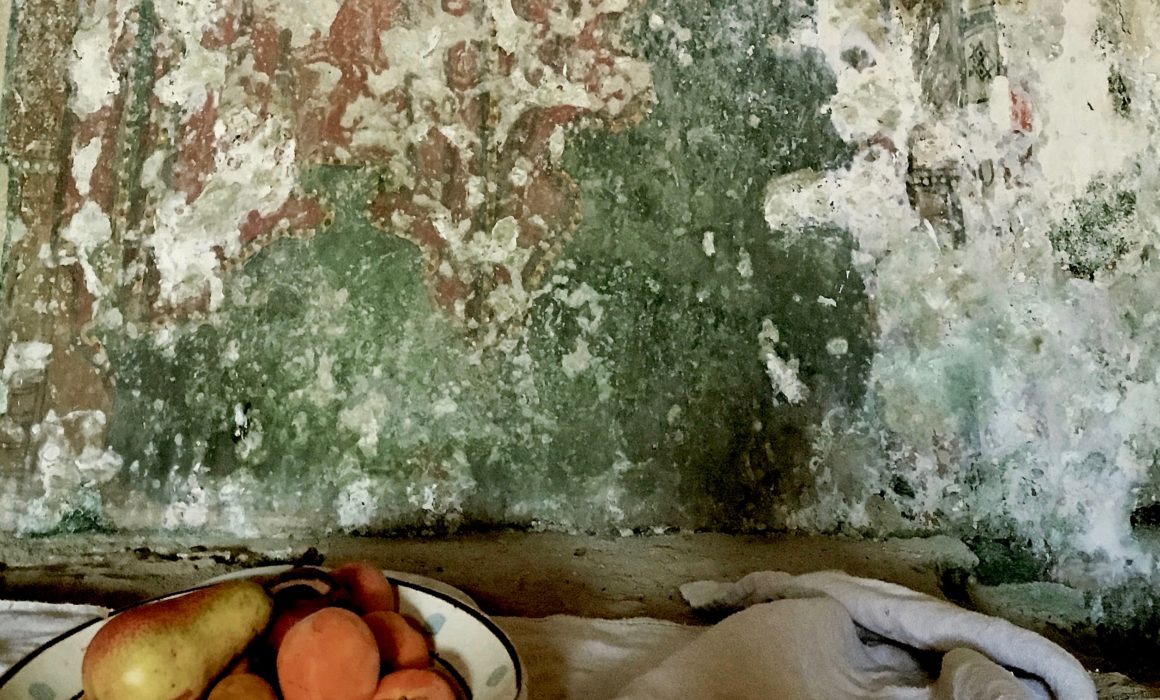 Messors home has been reinvented again moving itself to the edge of the Murgia, and has taken up summer residence in the small town of Gravina in Puglia in a 15th-century Palazzo. Gravina known to Appian travellers as Silvium carved from limestone sits on the abrupt edge of a ravine overlooking the countryside which Frederick II would have seen as his falcons’ recreation grounds. Rows of Olives trees climb up the hill towards the site of Botromango and cyprus trees rise straight up from a rock face that plummets down.
Messors home has been reinvented again moving itself to the edge of the Murgia, and has taken up summer residence in the small town of Gravina in Puglia in a 15th-century Palazzo. Gravina known to Appian travellers as Silvium carved from limestone sits on the abrupt edge of a ravine overlooking the countryside which Frederick II would have seen as his falcons’ recreation grounds. Rows of Olives trees climb up the hill towards the site of Botromango and cyprus trees rise straight up from a rock face that plummets down.
After seeing many possible sites for Messors new home base, a Gravina local helped Tonio scout the location of the Palazzo. Tonio and Jennifer were excited by the cathedral ceilings, cool marble halls, decoratively painted ceilings and wrought iron terraces. They furnished the generously proportioned rooms with found and foraged antiques they bought in the months leading up to moving in with rustic antiques from Italy and France. Last summer a jovial monk was more than happy to donate a room at the monastery to be used as Messors painting restoration studio and this year the studio will be housed at the Gravina Museum. The palazzo kitchen, breakfast room and dining room which can seat 50 for a memorable feast or a quiet meal of cheese, bread and verdeca made on the vineyards on the hill, is the connecting thread to the other Palazzo rooms.
As if to tempt or torment Tonio, the palazzo overlooks the crumbling abandoned buildings of the historic centre; a playground for his imagination, a project ripe for a visionary to imagine an alternative reality for this outcast architecture.
* These spaces- buildings, caves, houses and fields have been shared and collectively preserved and restored with the participation of 1470 people who made the projects and southern Italy part of their journey
*Tonio Creanza is an Art & Cultural Heritage Restorer and the Founder & Director of Messors – Art, Cultural Heritage and Culinary Educational workshops. Tonio Creanza is a 6th generation Olive oil and wheat producer and teaches about Olive Oil. The workshops run each summer in southern Italy- you can contact messors.com for details. Olive Harvest exchanges happen late November. Part of the year Tonio is in Vancouver Canada in his new old wooden clapboard heritage house where he runs Olive oil education sessions and provides the community with his Family Olive Oil.
*Giovanni Ragone has his Doctorate in Agronomy and is the Co-Founder and Co-Director of the Messors Fornello Cave Project. Giovanni led the group that discovered the Neanderthal fossil skeleton ‘Uomo di Altamura’- ‘Altamura Man’.

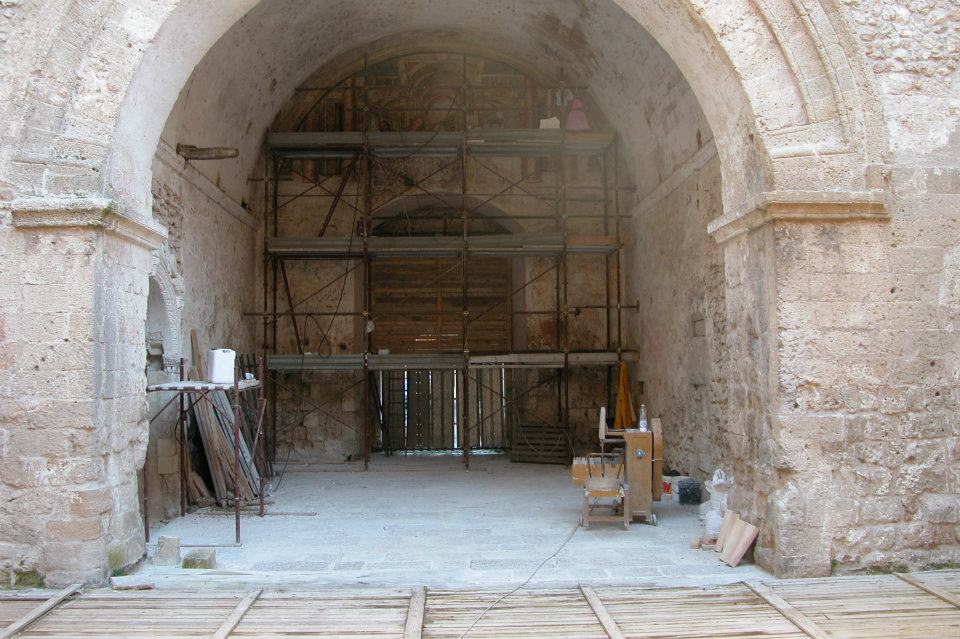
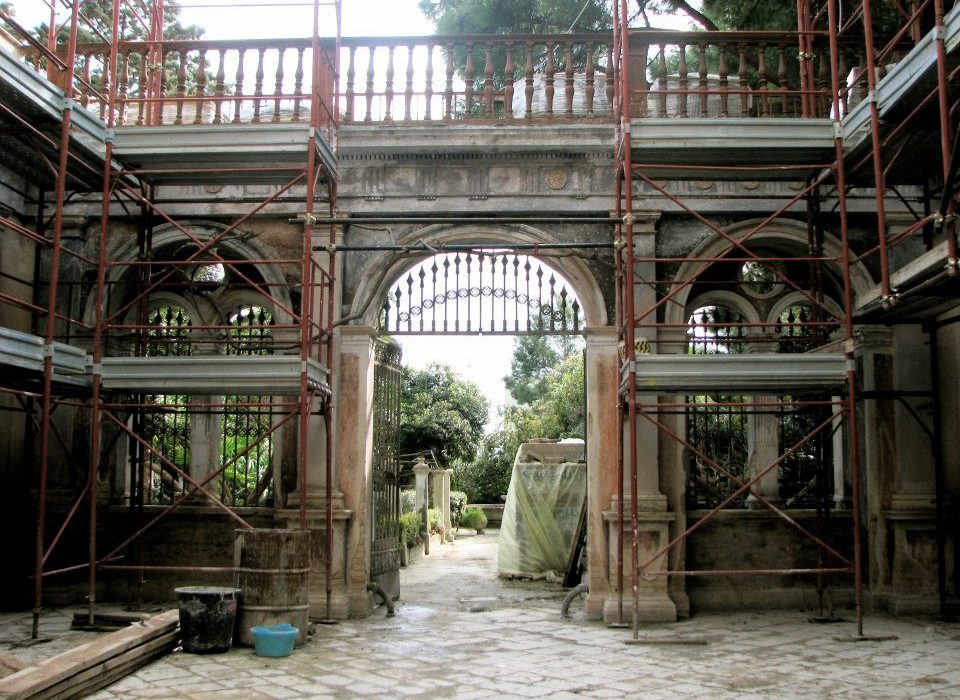
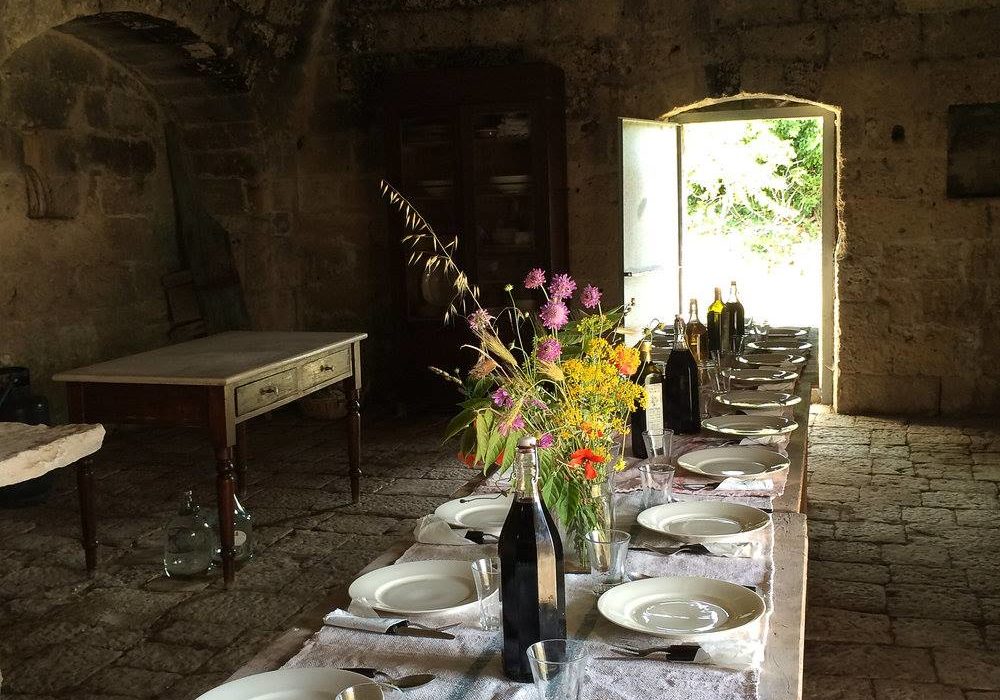

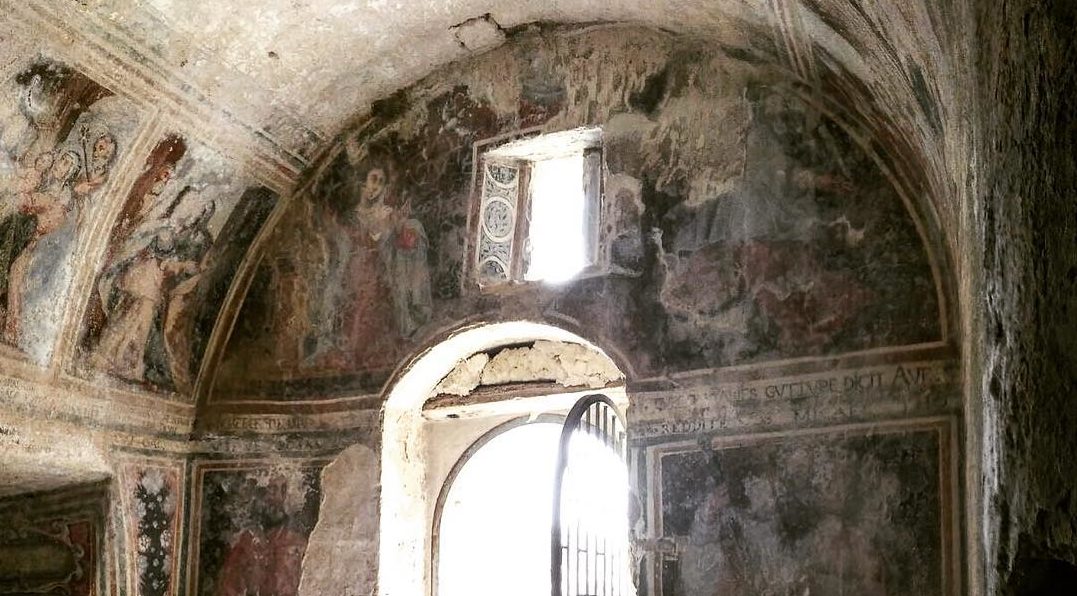
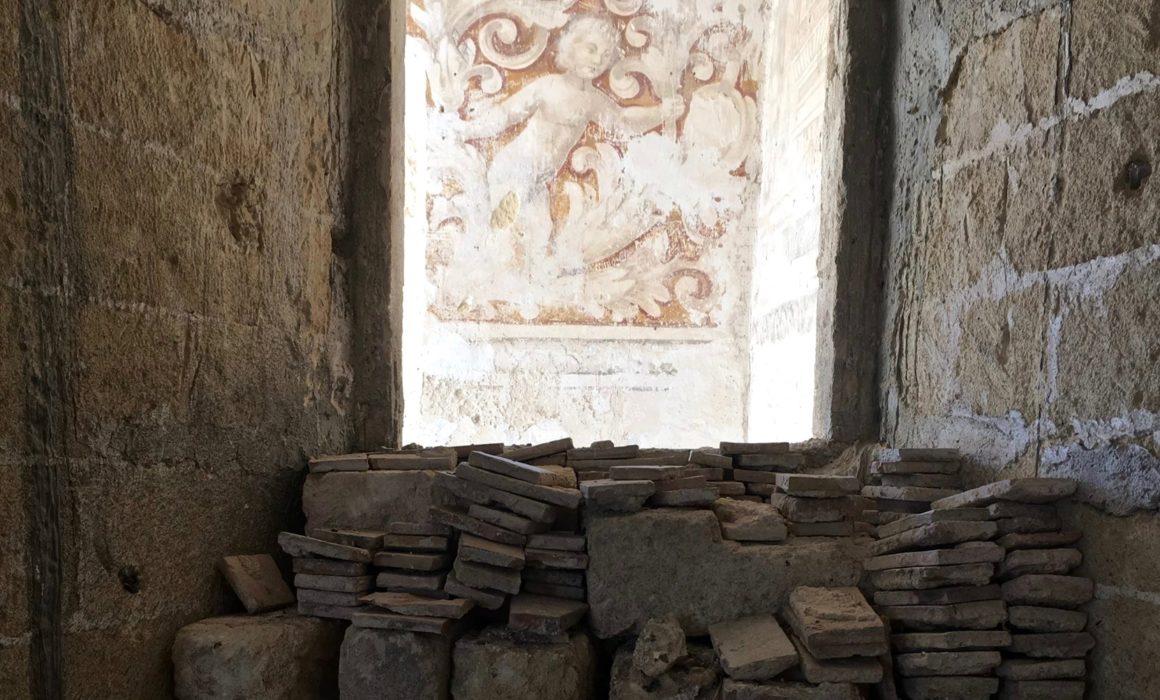
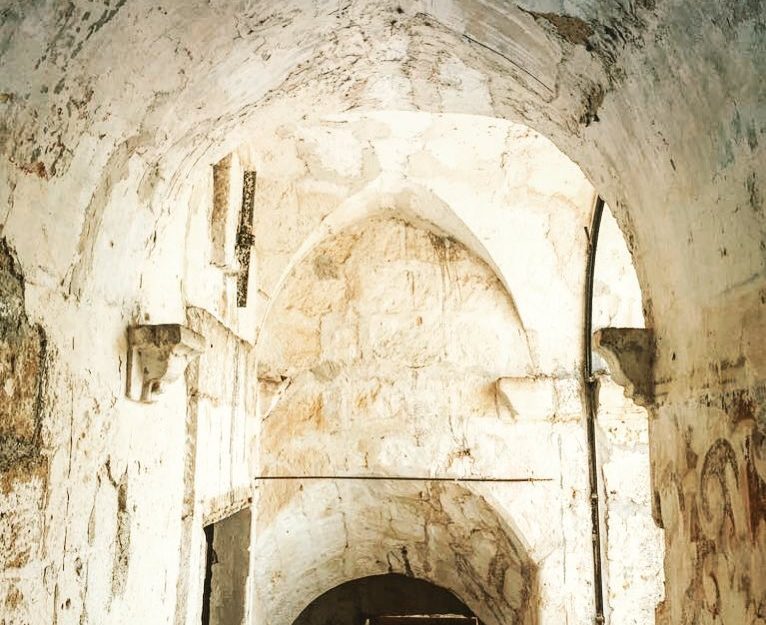
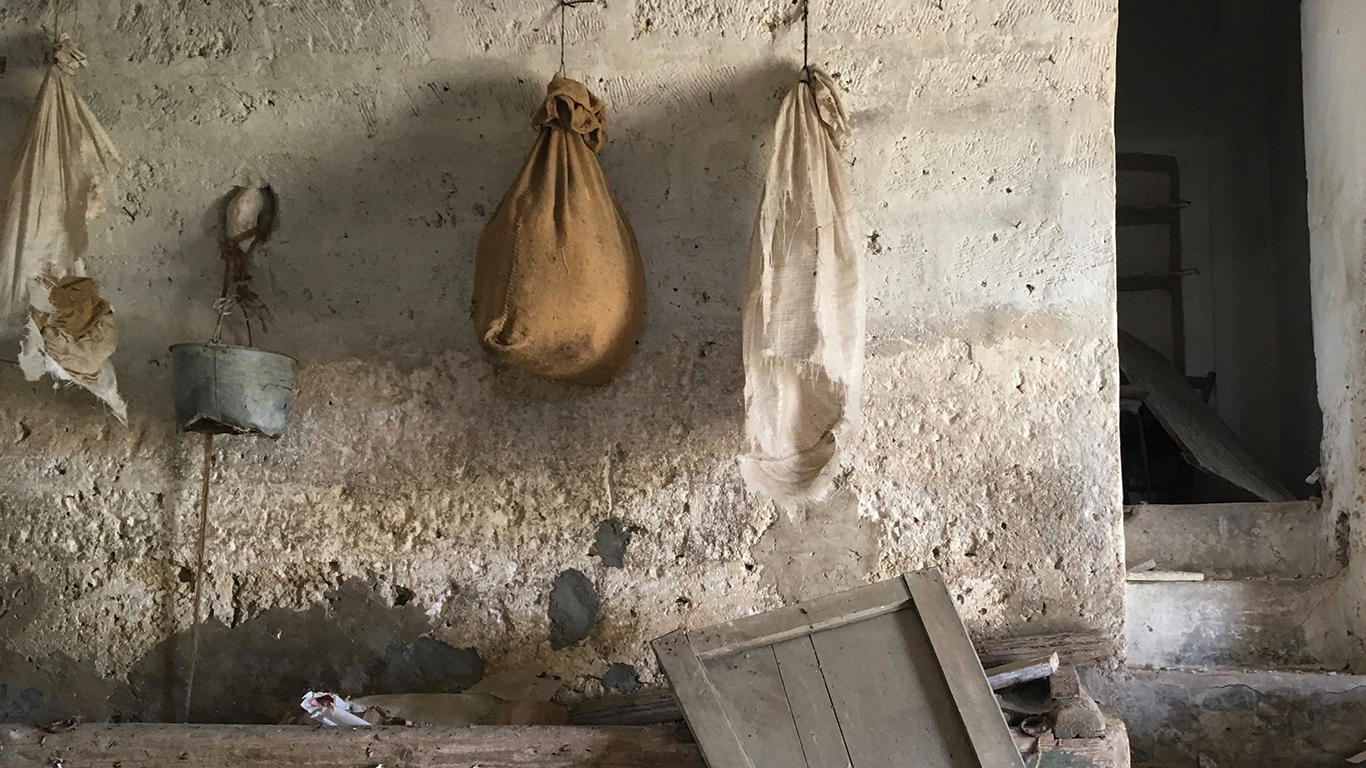
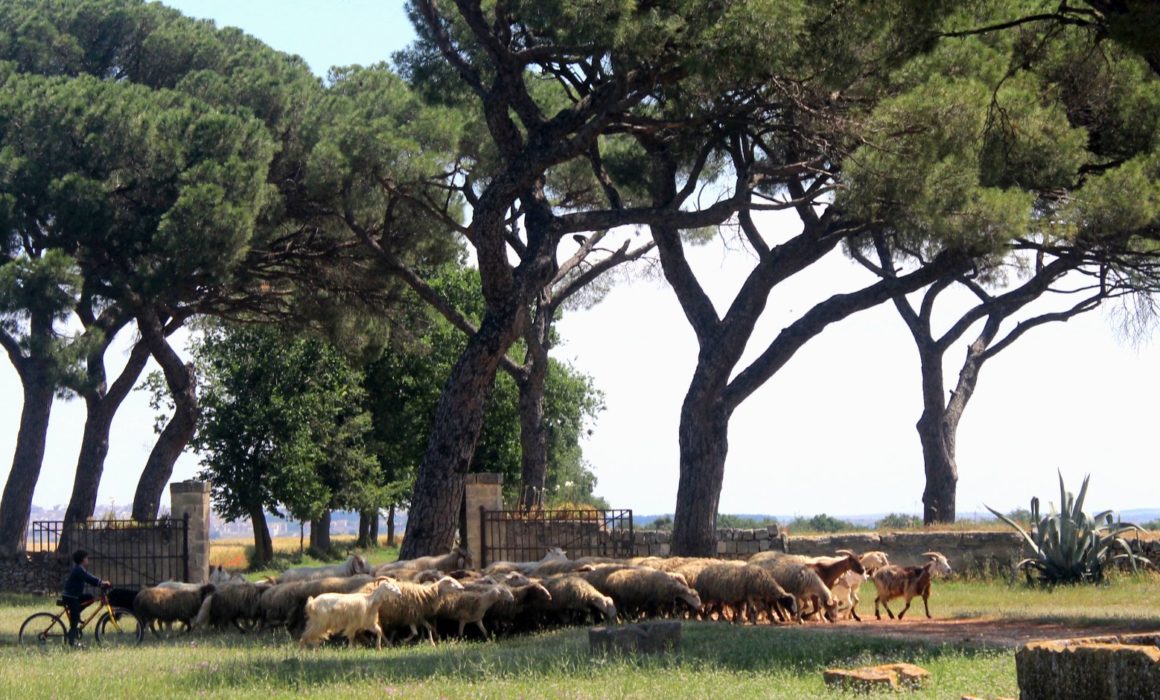
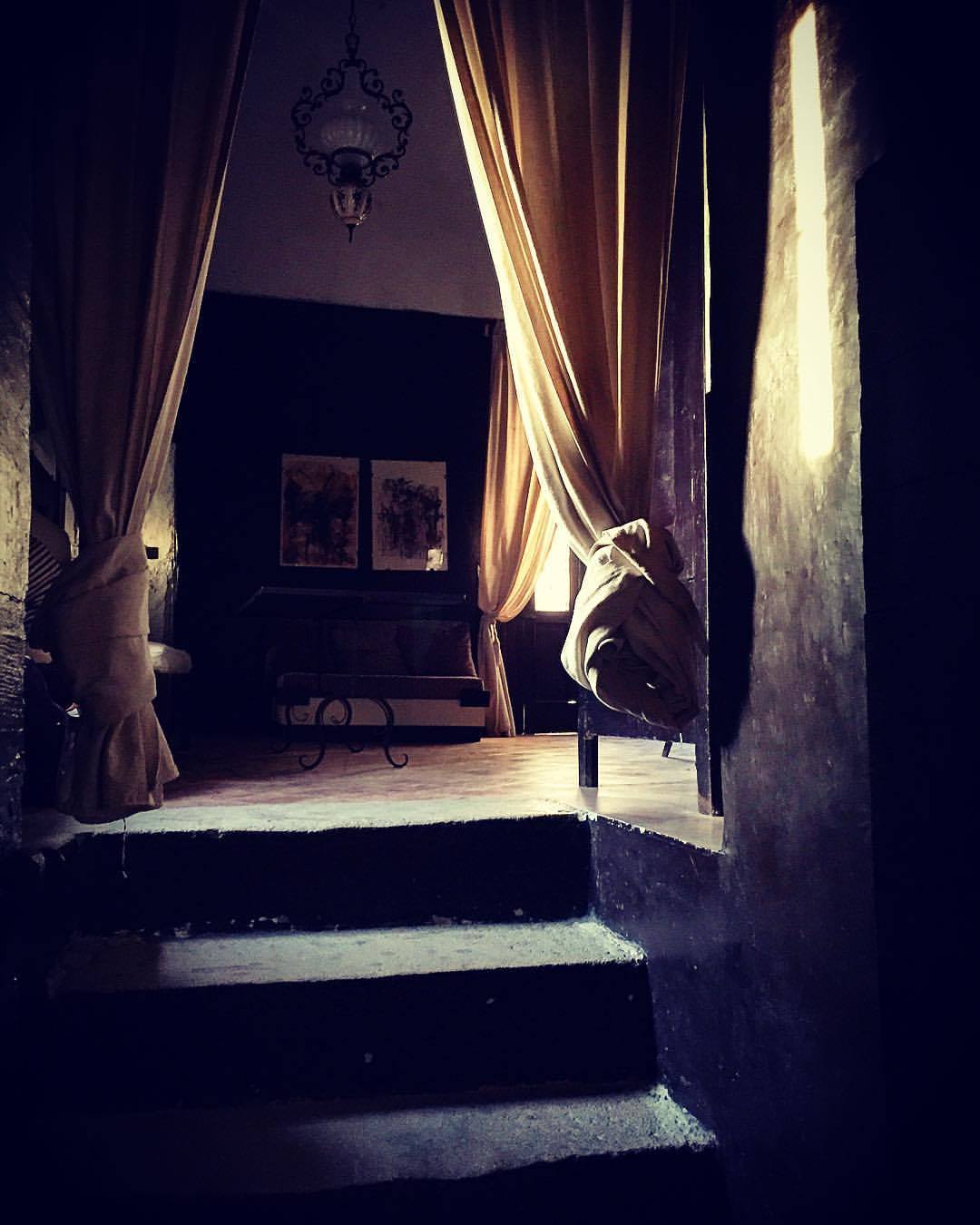
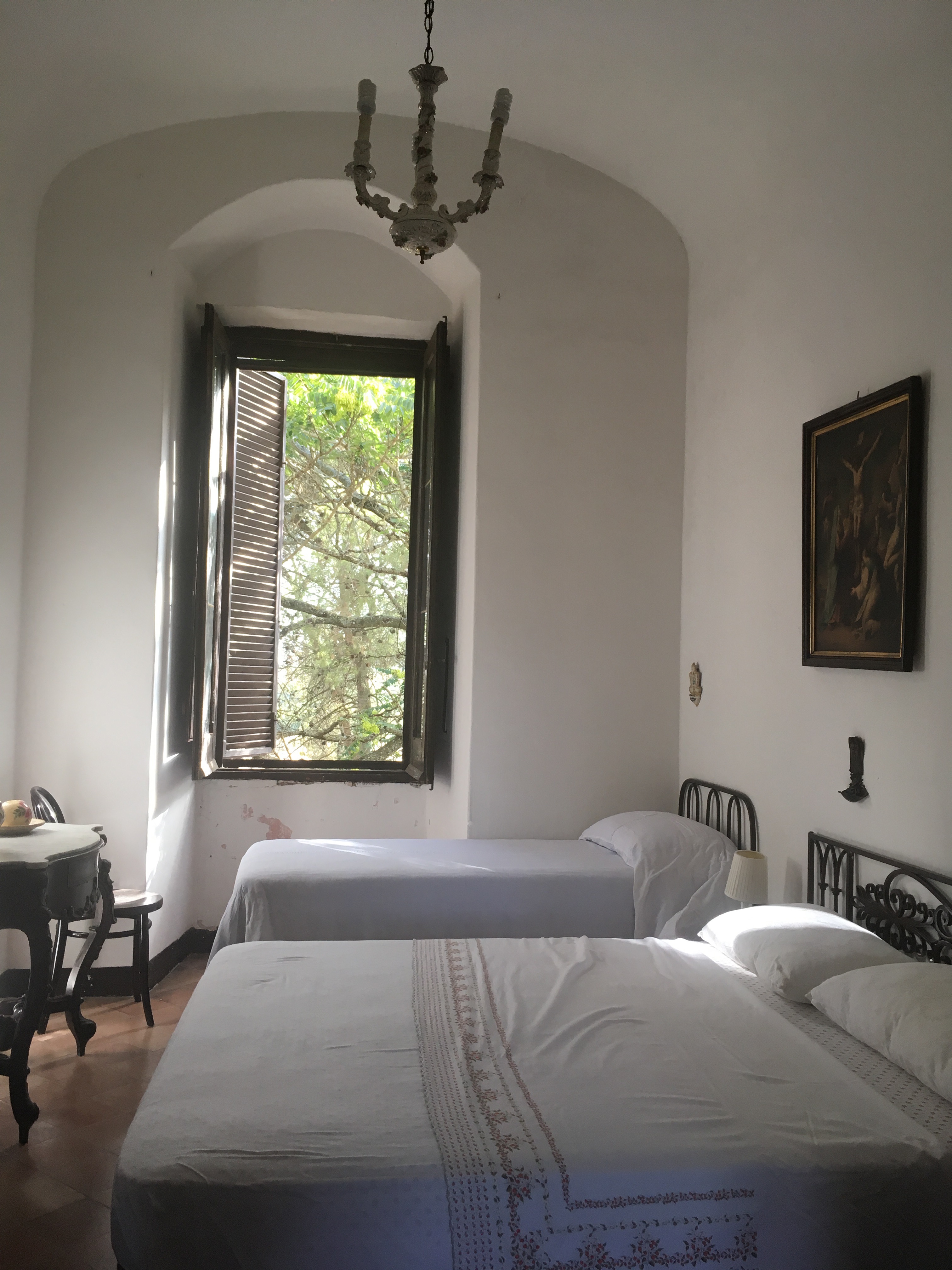
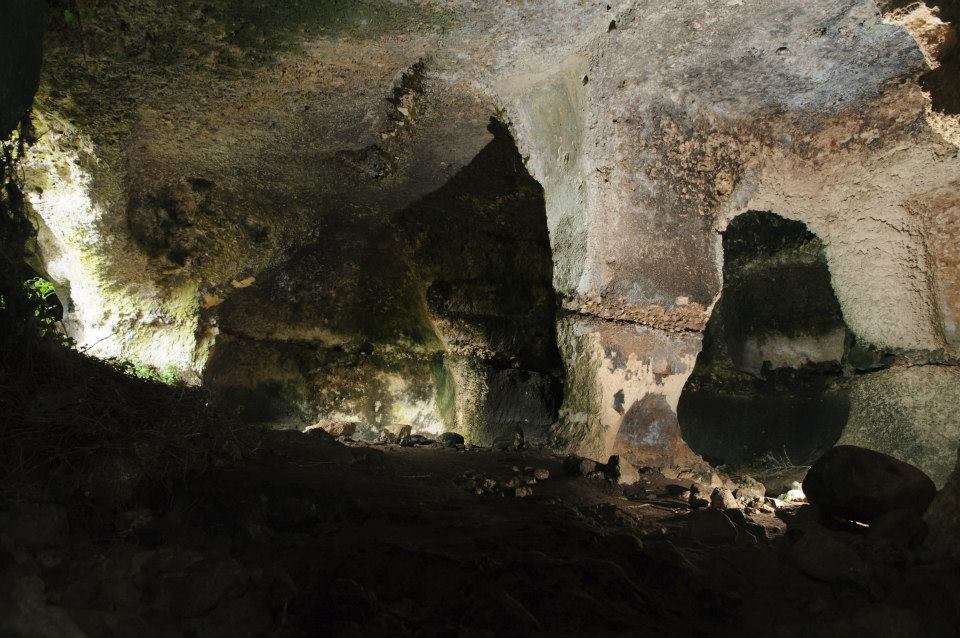
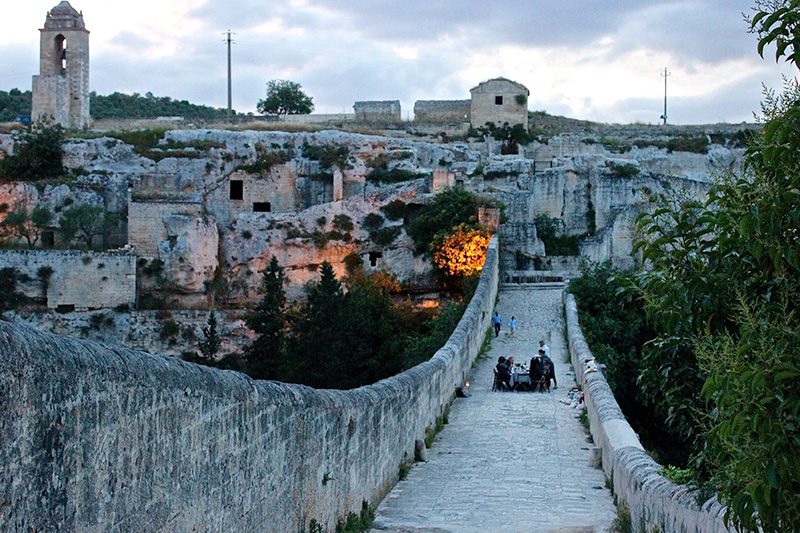
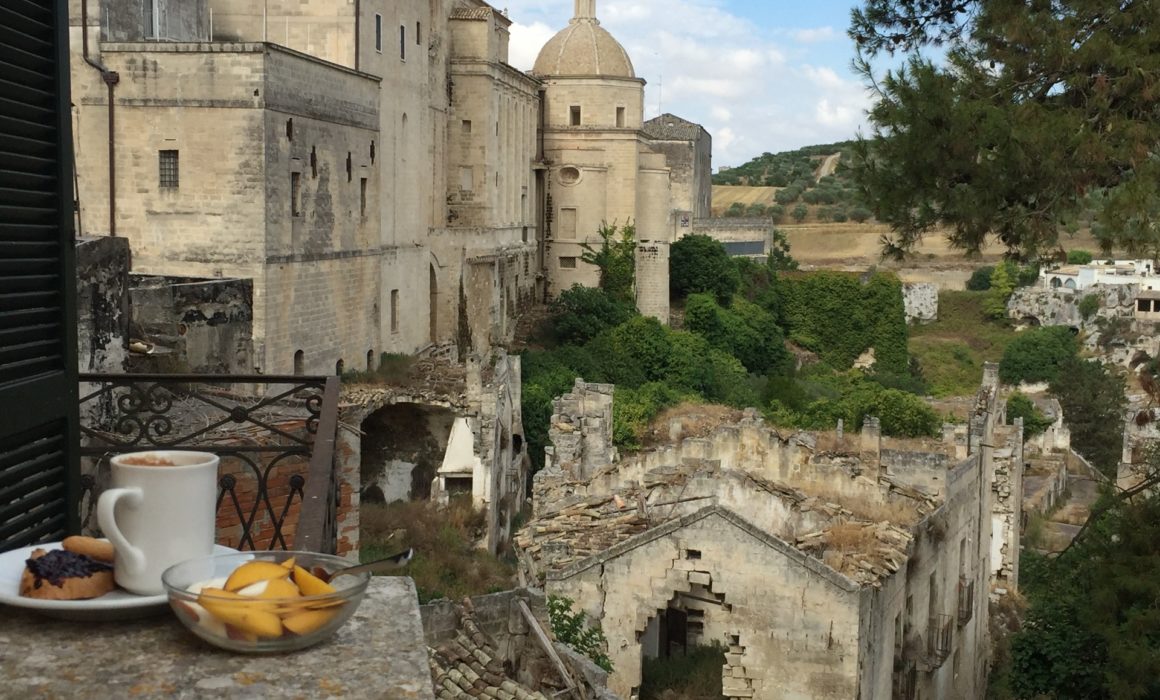
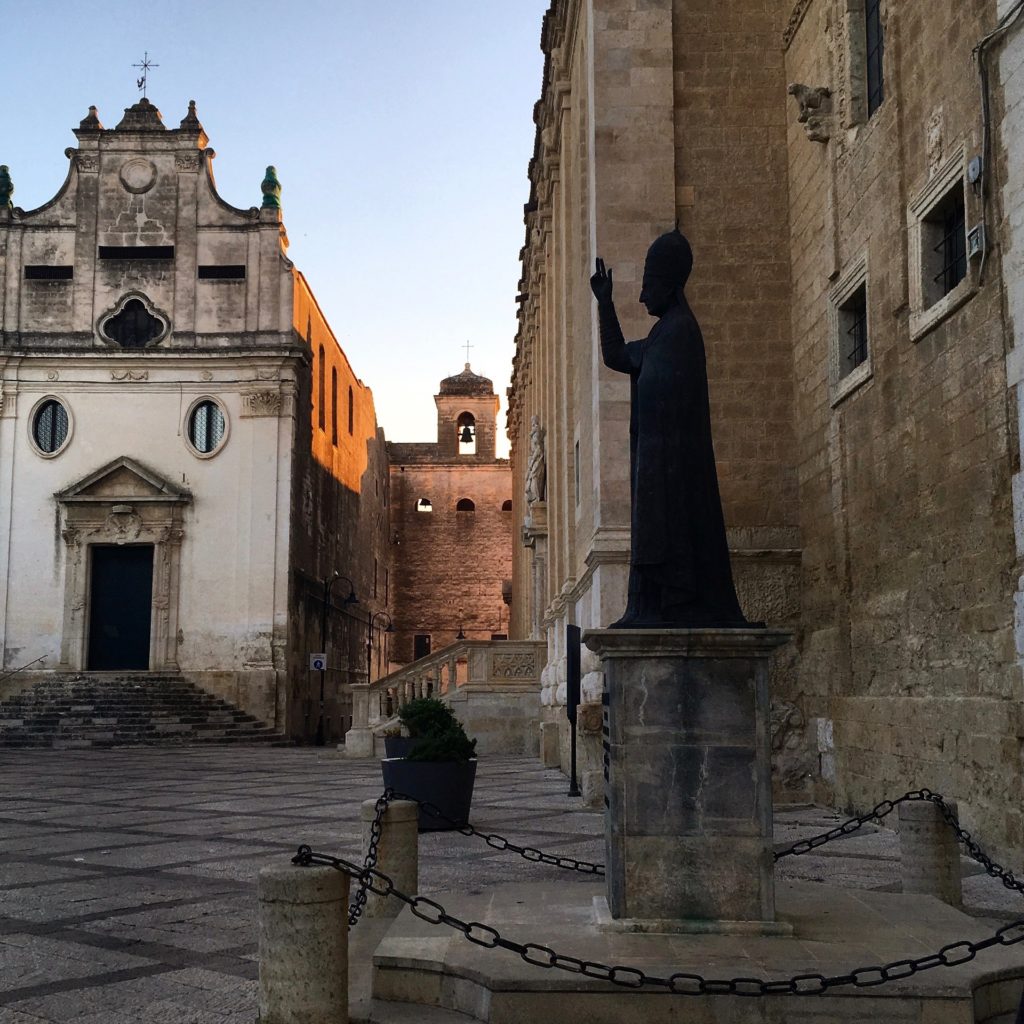
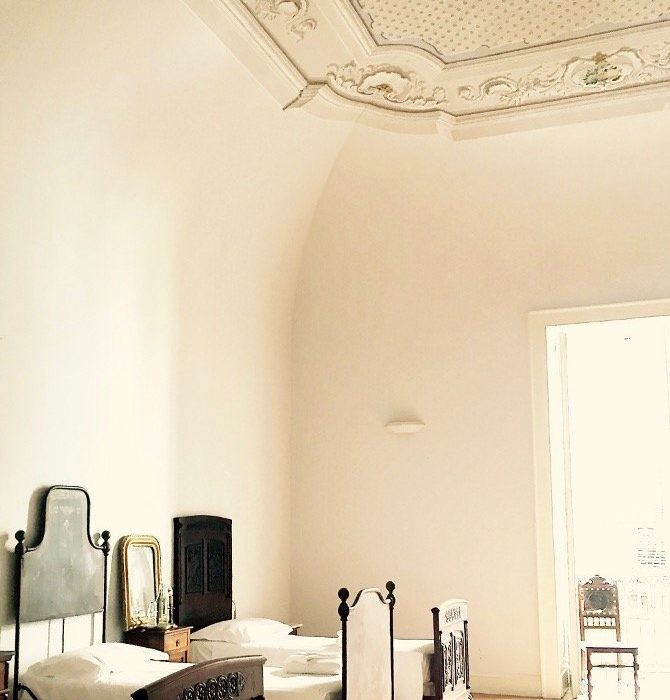
Such a beautiful story! This year I will be in Puglia in the Fall and early Winter since I have not visited during that time. Perhaps I will be able to attend a workshop in 2019.
Hi Lynda. Early winter is a beautiful time to visit as well, cant guarantee the sun, but it the time of the olive harvest which occupies the hearts and minds of most Puglians. We know you tried to get to our workshop last summer- hopefully you will make it one year to experience the art and history of the rupestrian settlements of Puglia, and be with us when we are in Pompeii and Napoli and of course eat the amazing offerings of the southern region
. Take care!
“Its not down on any map, true places never are.” – Ishmael – ‘Moby Dick’
Excellent blog post. From the cognitive realm of literature to antiquity and back to the living – breathing landscape . Bellisimo !
I have admired the Messors cave project from afar after becoming aware through fellow Willowbank School of Restoration Arts associates (Theresea & Kitty) – I am thrilled to see a project led by a local artisan and craftsman such as Tonio. I am a tile/mosaic craftsman myself and give great respect to any human who has laid the pavement for thousands to traverse. The work of the Messors group is extremely unique from my perspective and I am eager to cross professional paths with the talented folk who seem to be churning this engine.
I am coming back to Italy this fall and winter to work on projects with a similar mindset to Messors, though in the Veneto region. Currently working hard to establish management connections between the cultural landscapes of the Dolomites, the Venetian plain, the Lagoon city and the Adriatic herself – a cultural landscape intrinsically linked by rivers and canals which the localized traditions of craftsmanship and artisanal production are founded upon.
I believe a great deal in the idea of “intangible cities” proposed by Calvino and discussed by Messors in this blog – especially in a liquid landscape such as Venezia and the Veneto at large. The intangible elements manifest into tangible stewardship and that is a cycle with great potential towards the sustainable future of traditional culture.
Congratulations and much gratitude to Messors for this inspiring blog post and for the amazing work at large.
ciao